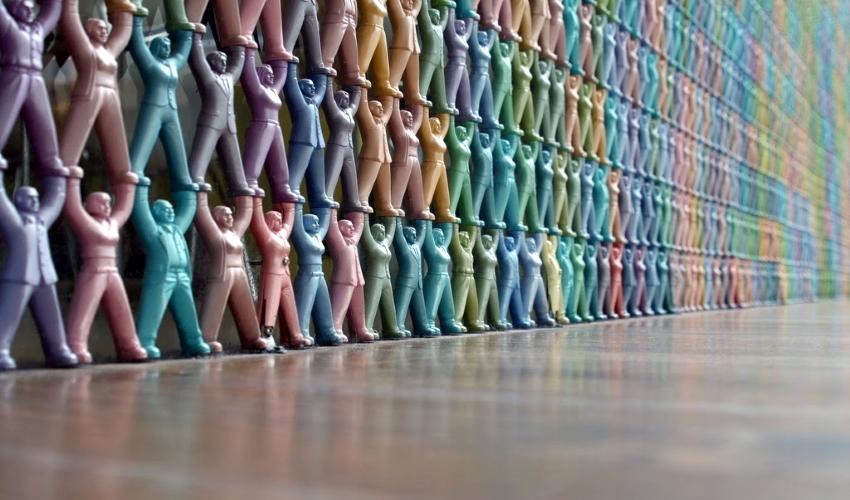
How to Study Dynamic Networks
THE PROBLEM, DISCUSSED BY DANIELE DURANTE IN A PAPER, IS TO REDUCE THE COMPLEXITY OF THE CONTEXTIf we could carry a sensor that produces a signal every time we get near another person who carries a similar device, and if these signals were received by a software that records their position in space and time, at the end of the day we would obtain a number of very complex and apparently incomprehensible maps of contacts. They are called dynamic networks, they evolve in time and they are not incomprehensible. Actually, we can model them, study their underlying patterns and forecast their evolution in time.
“The most relevant application is in epidemiology”, says Daniele Durante (Department of Decision Sciences). “These can be useful tools to try to control the spread of infectious diseases”. We can model these networks using statistical learning methods. “A contact network generates a complex data set which is even more complex when it evolves over time. We must reduce the complexity of the problem. We therefore use Gaussian processes to model the actors’ behaviors in a mathematical non-observable space called latent space”.
This is what happens in Locally Adaptive Dynamic Networks, a paper co-authored by Daniele Durante with David Dunson based on face-to-face dynamic interaction networks among 232 students and 10 teachers in a primary school in Lyon, France.
In another paper titled Bayesian Learning of Dynamic Multilayer Networks, Daniele Durante, Nabanita Mukherjee and Rebecca Sterols focus on time-varying interconnections among individuals in a rural area of Kenya and propose a Bayesian learning methodology to study dynamic multilayer networks. “Multilayer means that the dynamic network is observed in multiple contexts, in this case during three consecutive days. Every day generates a ‘layer’. We can perform better inference and prediction by borrowing information within each network, across time, and among layers”.
Read more about this topic:
Riccardo Zecchina. Teaching Machines How to Learn to Improve Business and Life
Carlo Baldassi. Learning Is a Quantum Question
Dirk Hovy. The algorithm that Prevents Suicide
Antonio Lijoi, Igor Pruenster. Algorithms for Analysis of Complicated Phenomena
Alessia Melegaro. The Network Modeling Chip that Fights Influenza
Raffaella Piccarreta, Marco Bonetti. A (Statistical) Model for Life
by Claudio Todesco
